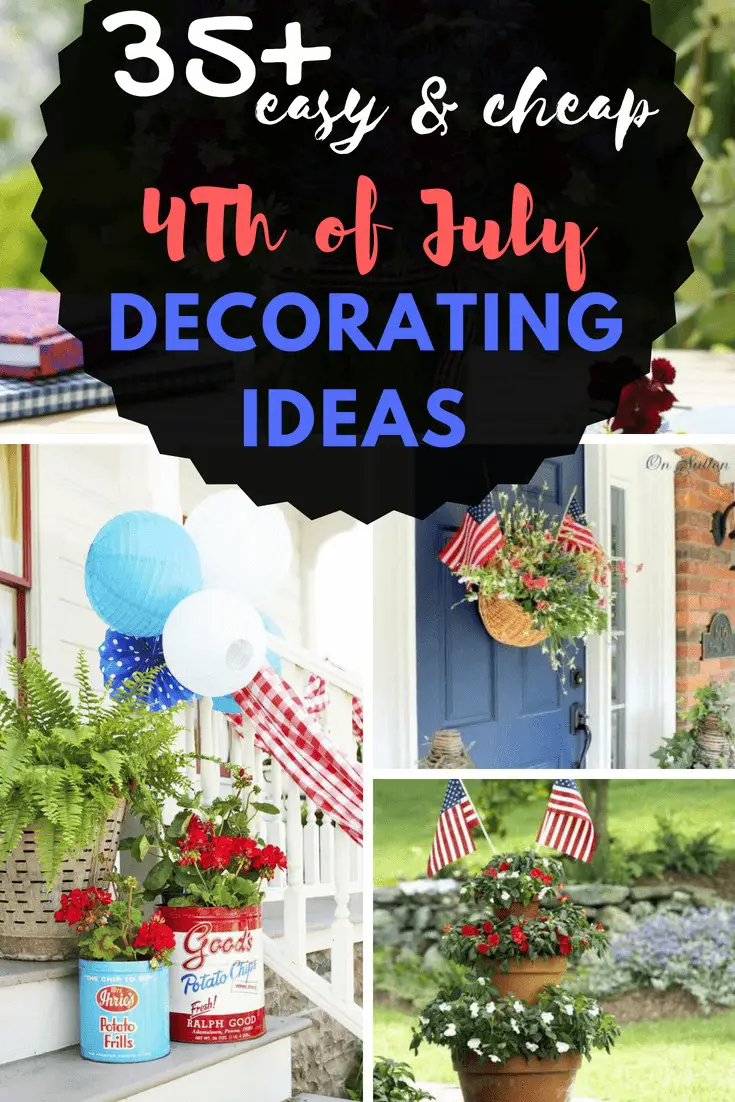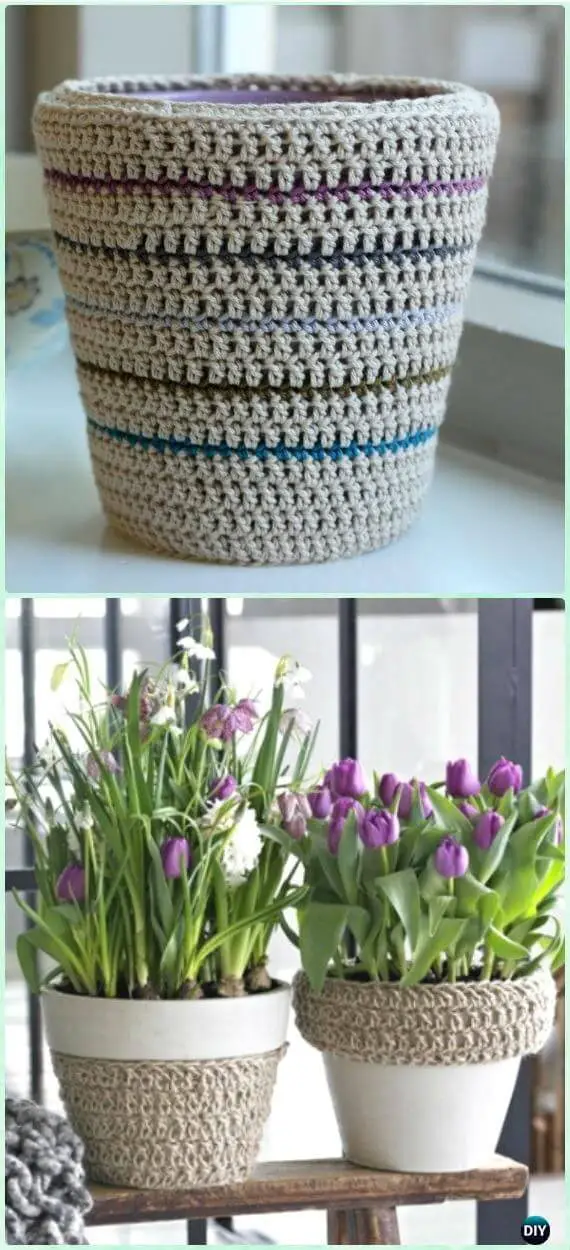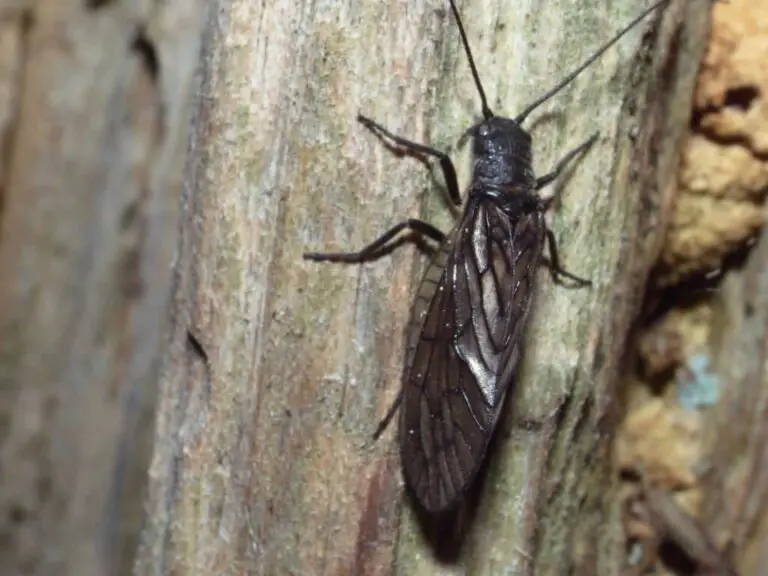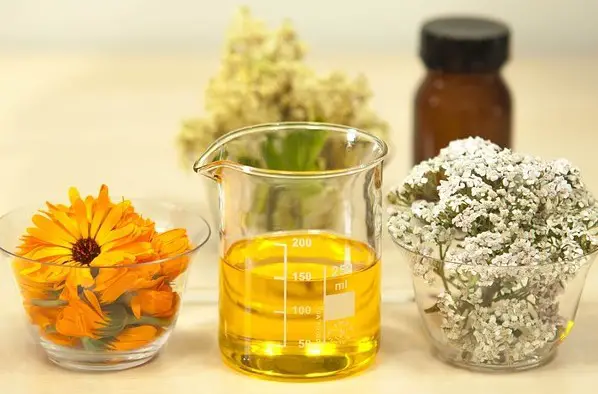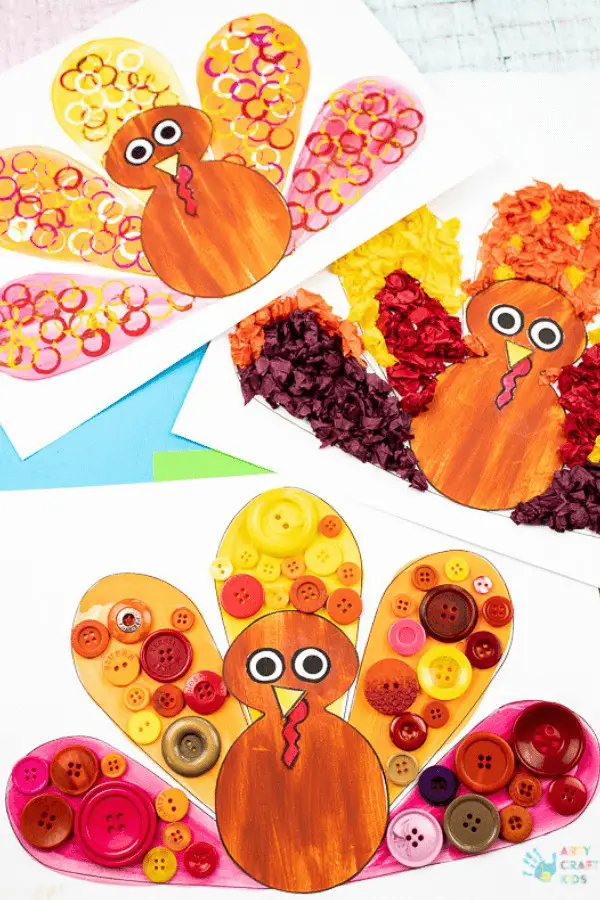24+ Best Diy Teapot Garden Art & Decor Ideas
Are you looking to add a touch of whimsy and charm to your outdoor or indoor space? Consider transforming vintage teapots into planters, creating unique and conversation-starting displays that blend the beauty of plants with the quirky allure of repurposed tea accessories. This sustainable approach not only gives old teapots new life but also showcases your creativity and love for nature.
Teapot gardens are surprisingly versatile, fitting seamlessly into cozy indoor nooks or expansive outdoor spaces. Whether you have a sprawling backyard or a compact apartment, these charming planters offer a personal touch to greenify your space. With the right teapots, plants, and techniques, you can create a thriving mini-ecosystem that will bring joy and serenity to those who behold it.
This article will guide you through the process of setting up your very own teapot garden, from choosing the perfect teapots to selecting the ideal plants and creative planting techniques.
Getting Started with Teapot Gardens
Starting your teapot garden requires careful consideration of the perfect teapot and essential tools to transform your vision into a thriving outdoor space. The initial steps involve selecting a suitable teapot, familiarizing yourself with the necessary equipment, and preparing it for planting. This process sets the foundation for your unique teapot garden, where functionality meets aesthetic appeal.
Choosing Your Teapots
When it comes to teapot gardens, the choice of teapot is crucial in setting the tone for your outdoor or indoor oasis. With a vast array of options available, each with its unique characteristics and charm, selecting the right one can be a daunting task. The most common types include ceramic, metal, and glass teapots, each offering distinct advantages and aesthetics.
When choosing a teapot, durability should be top of mind, particularly if you plan to place it outdoors.
Metal teapots excel in this regard, withstanding the elements with ease, while ceramic teapots provide a timeless look that may require more care to prevent cracking. Glass teapots, on the other hand, are ideal for indoor gardens, bringing a touch of modernity and sophistication to your space.
Preparation and Tools Needed
To embark on the journey of cultivating a teapot garden, it’s crucial to have the necessary tools and supplies at your disposal. This is where preparation comes into play. Before diving into planting, take some time to gather the essential items outlined below:A quick glance at the table will reveal that soil, drainage materials, and a drill (optional) are the primary components required for teapot gardening.
However, before we delve into the nitty-gritty of drilling holes, it’s vital to prioritize safety. When using power tools, always don your protective eyewear and gloves to prevent any unforeseen mishaps. If you’re working with ceramic or glass teapots, opt for a diamond-tipped drill bit; metal teapots, on the other hand, can be tackled with a standard metal-appropriate bit.
To drill the perfect hole, place your teapot on a stable surface and take it slow – avoid applying too much pressure to prevent cracking. Once you’ve completed the drilling process, give your teapot a good rinse to remove any debris and let it air dry completely. As you progress through this process, remember that patience is key to cultivating a thriving teapot garden. From selecting the perfect teapot to meticulously preparing it for planting, every step requires care and attention.
By following these simple steps, you’ll be well on your way to creating a one-of-a-kind garden feature that’s sure to turn heads.
Teapot Planting Ideas
As you embark on creating a teapot garden, you’ll be delighted by the captivating fusion of whimsy and verdure it brings to your surroundings. In this section, we’ll delve into the art of selecting an enchanting assortment of plants that will harmonize with your teapot’s aesthetic, as well as explore innovative ways to arrange them for maximum visual appeal.
Selecting Plants for Your Teapot Garden
When it comes to creating a thriving teapot garden, selecting the right plants is essential. One approach is to focus on species that naturally thrive in small containers. A key consideration is the level of sunlight and watering needs of each plant. Here’s a breakdown of some popular options: Succulents are ideal for areas with bright, indirect sunlight and require minimal watering. Herbs, on the other hand, have varying sunlight needs but typically require moderate to high levels of watering.
Small flowers can adapt to different environments, but generally prefer moderate to high levels of water and sunlight. To ensure a healthy and vibrant teapot garden, it’s essential to choose plants that complement each other in terms of their environmental requirements.
Creative Planting Techniques
When it comes to maximizing the space in a teapot, thinking outside the box is key. To create a thriving and visually appealing teapot garden, consider these strategies: Layering soil and gravel at the bottom of the teapot ensures proper drainage and root health for your plants. This simple yet effective technique allows water to flow freely while preventing overwatering.
Companion planting takes it to the next level by pairing plants that complement each other in terms of growth habits, colors, and even pest-repellent properties. For instance, marigolds can naturally deter pests from surrounding herbs, creating a harmonious coexistence within the teapot’s confines. As you curate your arrangement, don’t forget to consider the unique characteristics of each plant – will their stems or leaves grow upwards, outwards, or downwards?
Will certain colors clash or complement one another? By carefully selecting and arranging plants with varying growth patterns and hues, you can create a visually stunning and cohesive teapot garden that’s sure to impress.
Teapot Garden Arrangement Ideas
Transforming your living spaces and outdoor areas into whimsical oases is as simple as arranging teapot gardens creatively. With the right approach, you can turn ordinary rooms and yards into enchanting retreats that invite exploration and contemplation.
Indoor Teapot Garden Displays
Transforming your home’s interior by placing teapot gardens within its walls is a fantastic way to bring the outdoors in while adding a distinctive decorative flair. To get started, consider the following ideas:Windowsills are an ideal spot for showcasing teapot gardens, particularly those that flourish under natural light. Arrange them in a harmonious row or cluster to create a lively display that brightens up any room.
For a more dynamic look, combine teapot gardens of varying sizes and designs on shelves or tabletops to add depth and visual interest to your space. Moreover, teapot gardens can serve as functional decor pieces. For instance, a garden featuring herbs can be placed in the kitchen, seamlessly blending aesthetics with practicality. By incorporating teapot gardens into your indoor decor, not only do you personalize your living space, but you also foster a deeper connection with nature.
Outdoor Teapot Garden Inspirations
Transforming your outdoor spaces with teapot gardens can be a unique and engaging experience. This whimsical approach to gardening allows you to personalize your patios, balconies, or garden spaces in a way that’s both creative and compact. To get started, consider integrating teapots into your existing garden setup by hanging them from trees or arranging them among other potted plants. This adds an element of surprise and visual interest to your outdoor area.
Alternatively, group teapots based on colors, patterns, or themes to create a cohesive display that evokes a specific mood or atmosphere. The benefits of incorporating teapot gardens into your outdoor space are numerous. Not only do they allow you to express your gardening creativity in a compact way, but they also provide opportunities for biodiversity and appeal. By using teapots as planters, you can create mini-ecosystems that attract pollinators and other beneficial insects.
In addition to their practical benefits, teapot gardens can also serve as a focal point or statement piece in your outdoor area. Group them on steps or tables to create a visually appealing display, or use them as hanging decor to maximize limited space. Whatever your approach, the end result is a unique and inviting outdoor space that reflects your personality and gardening style.
Teapot garden feature
Herb Tea pot
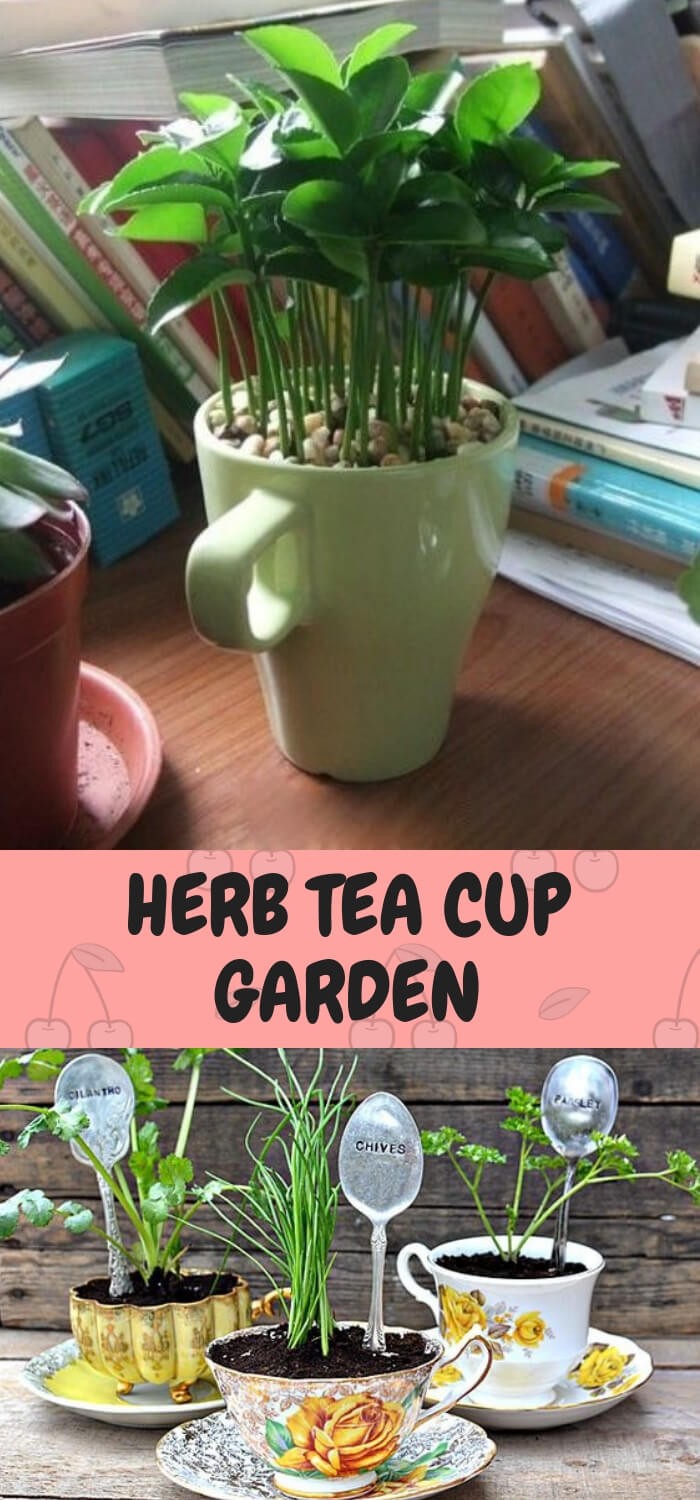
Teapot Totems
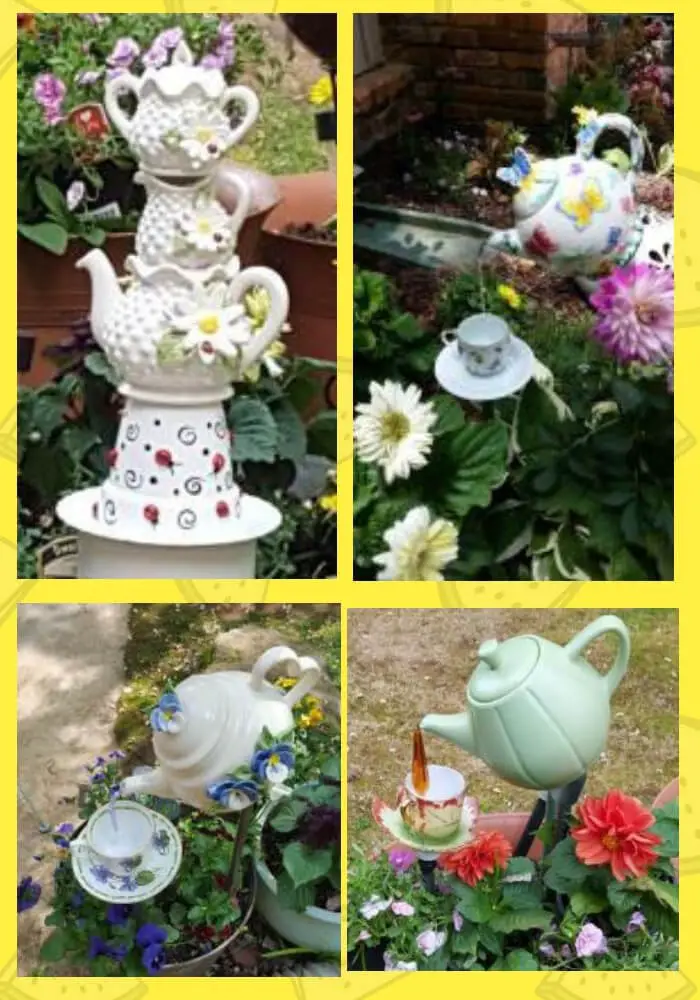
Teapot planter
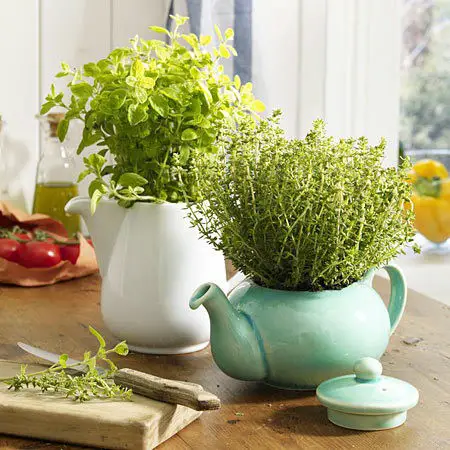
DIY Fairy Garden Tea Pot
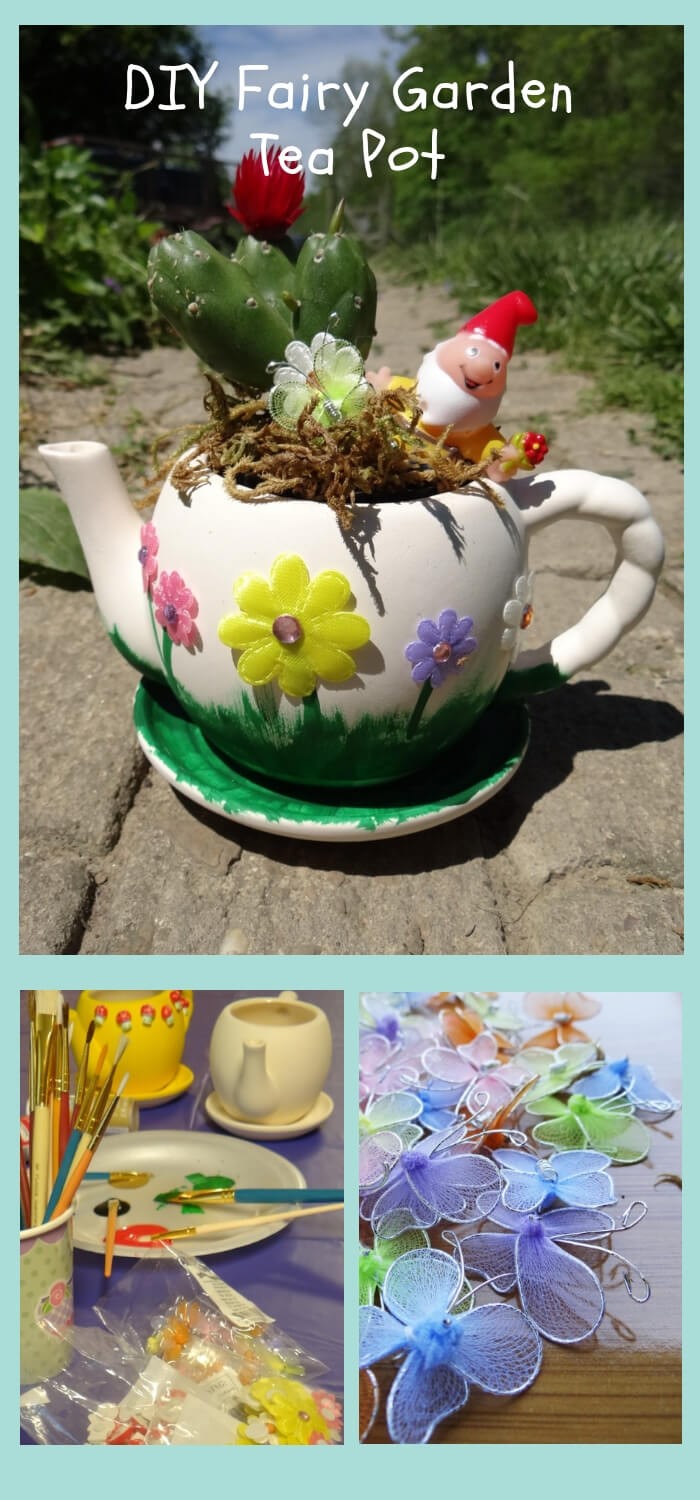
Coffee Pot Garden Decor Tutorial
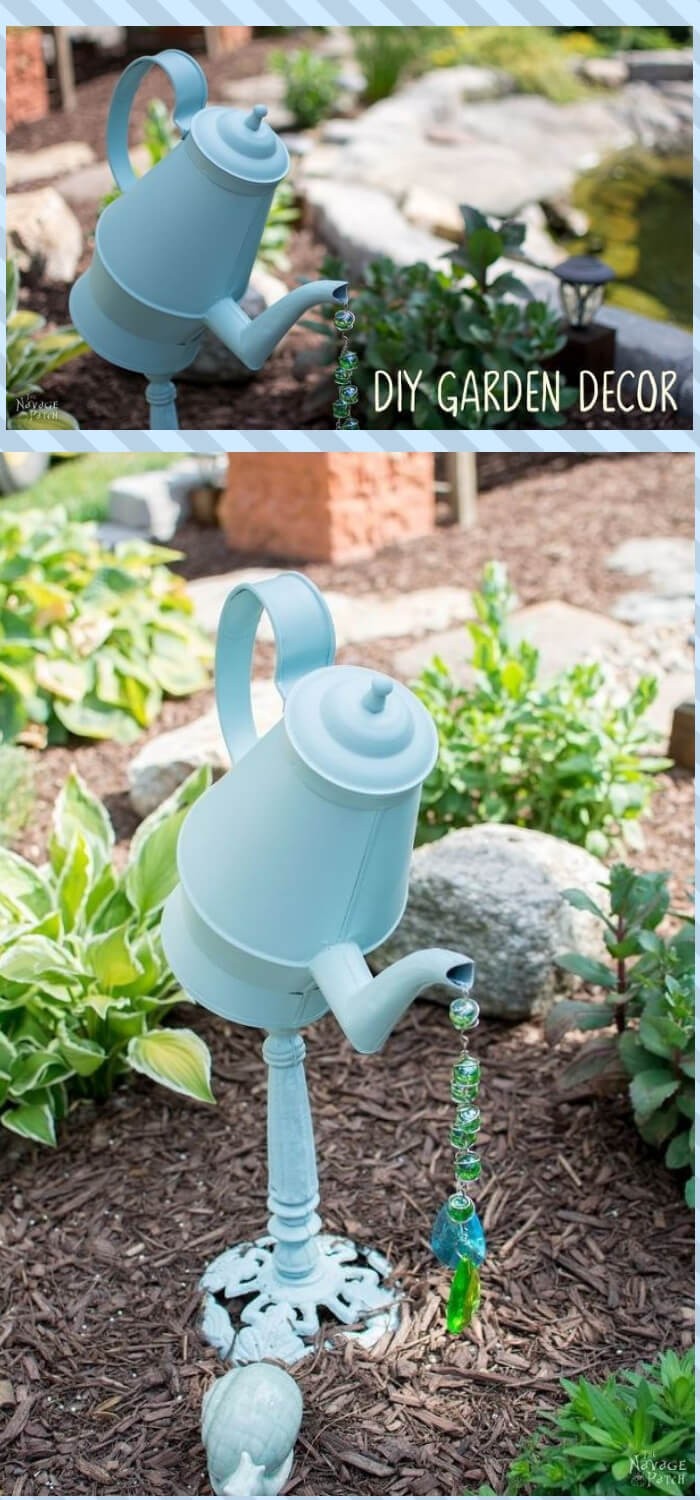
Teapot Herb Planter
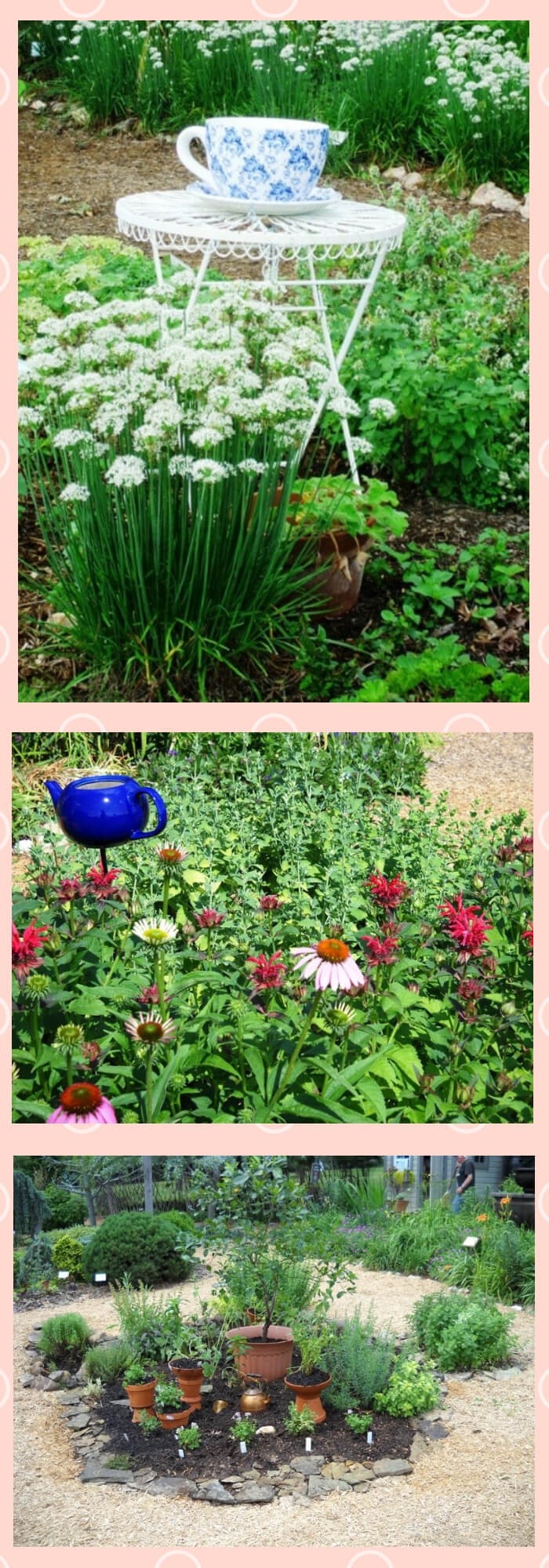
How to make a teapot planter
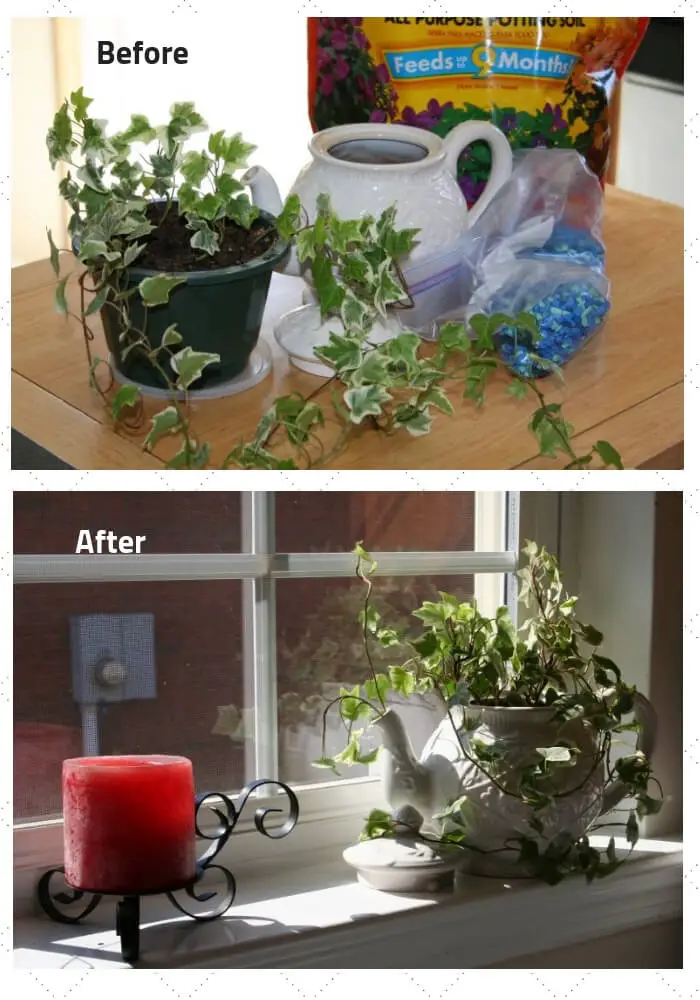
Tea Pot Garden Water Fountain
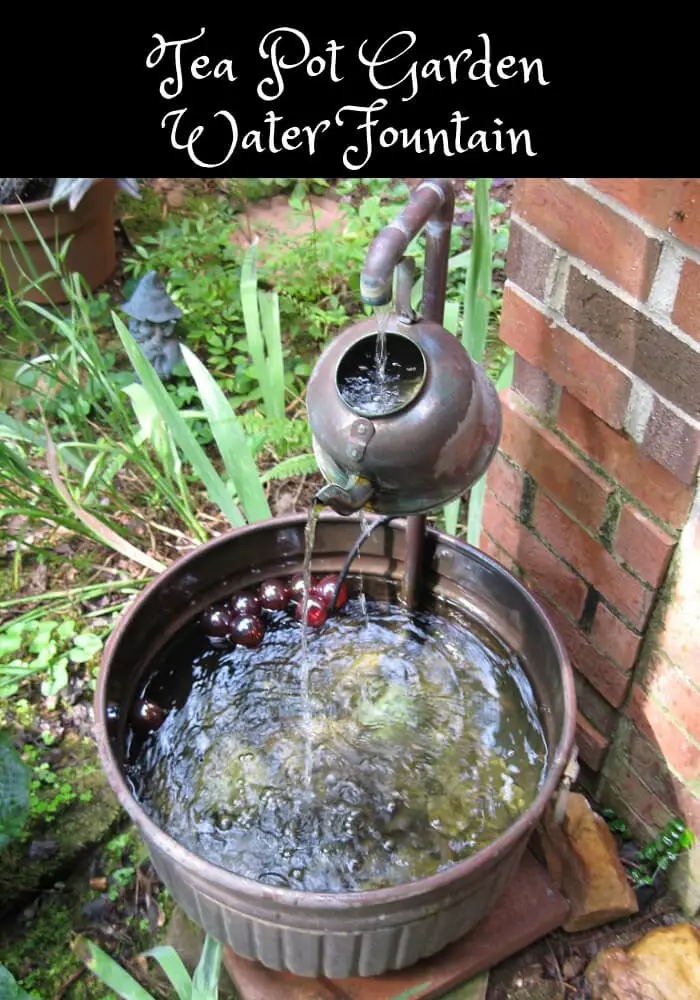
Vintage teapot succulent garden
Magnificent white wind chime tea pot with glistening crystals and silverware
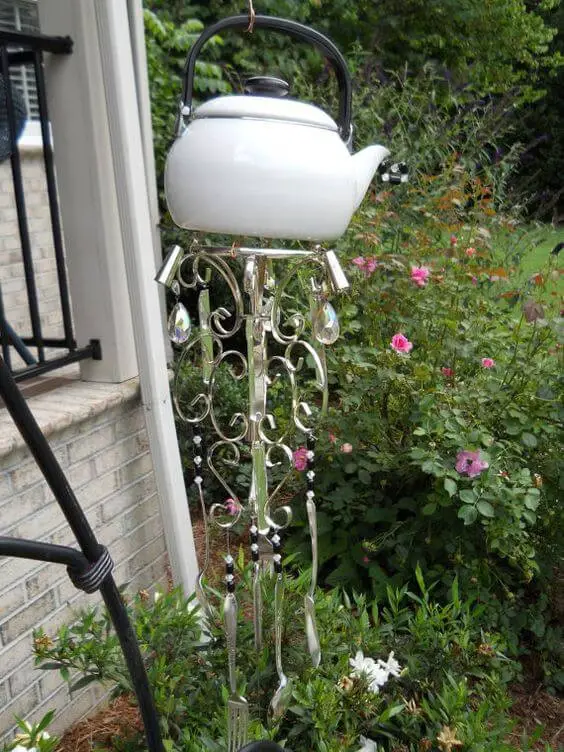
Reuse teacups
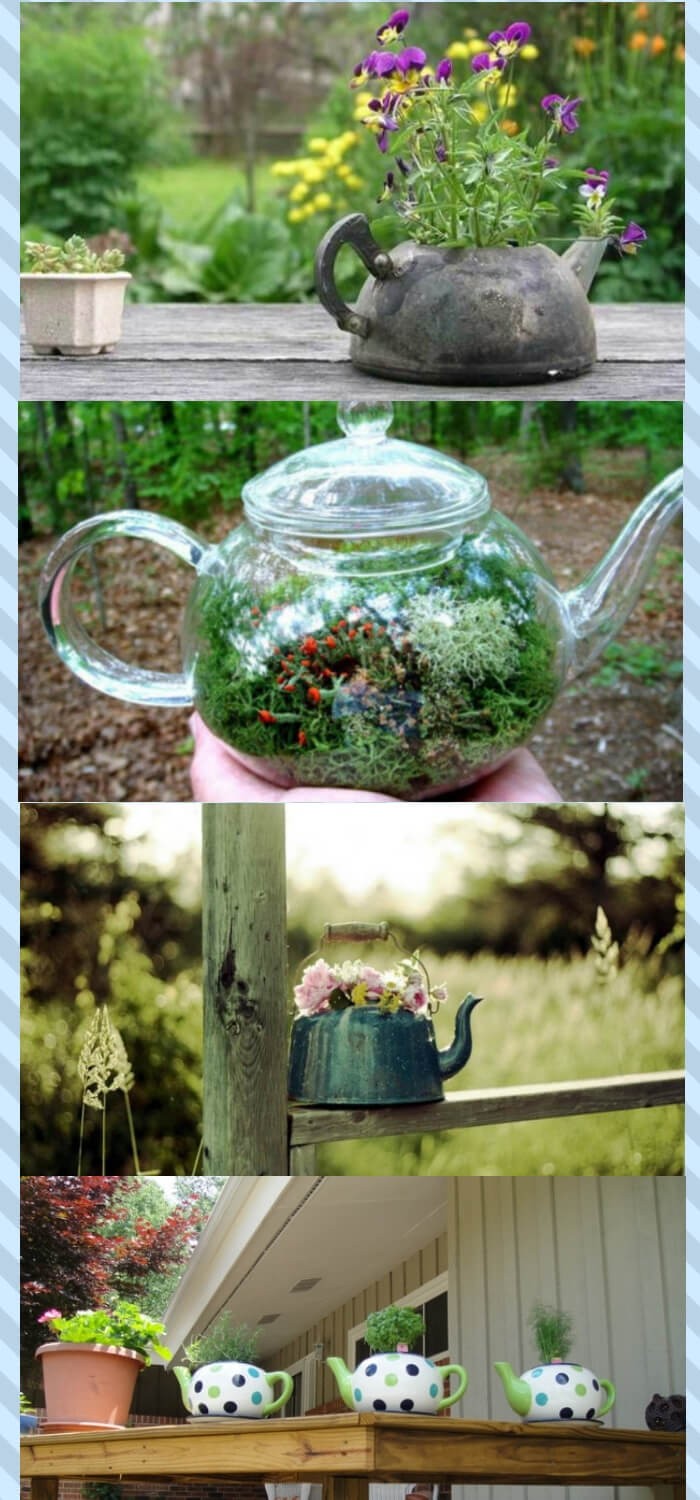
English Tea Pot, Tea Cup and Saucer Garden Stakes
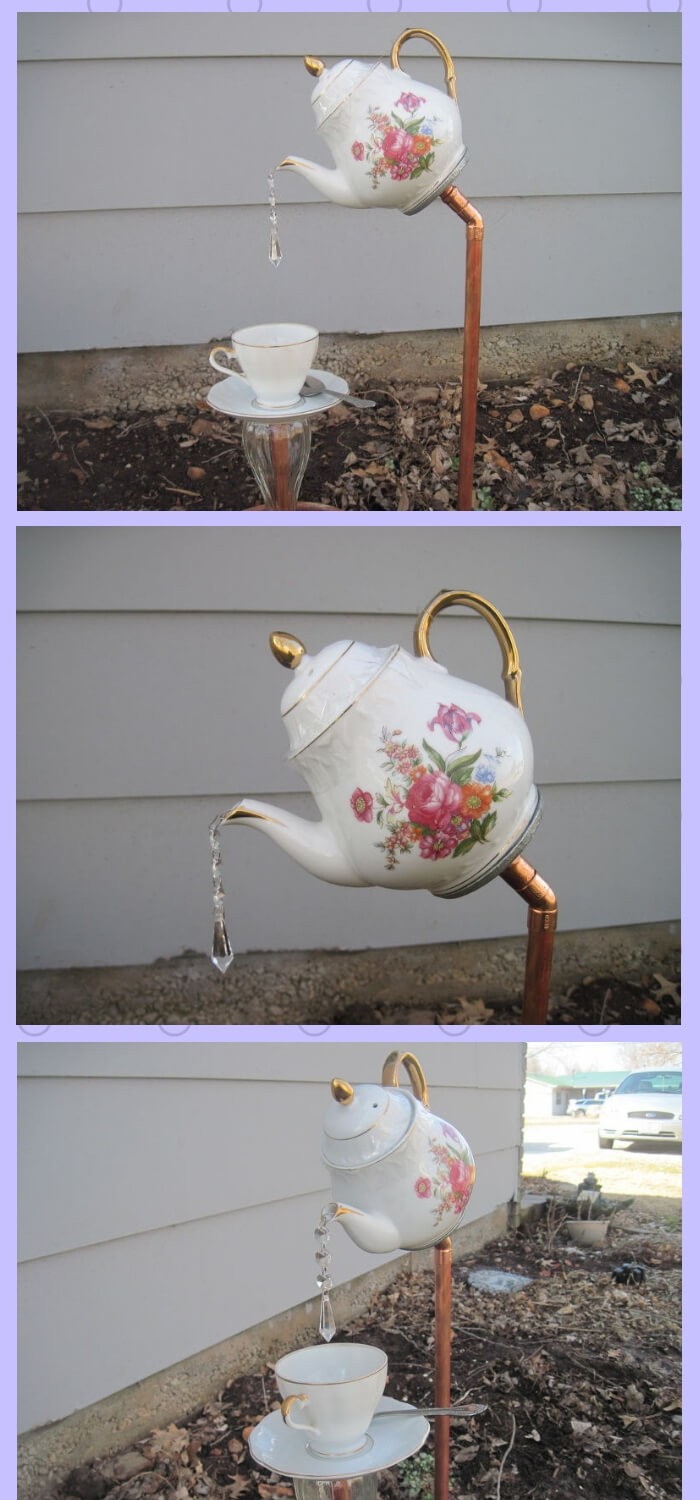
Brilliant Teapot
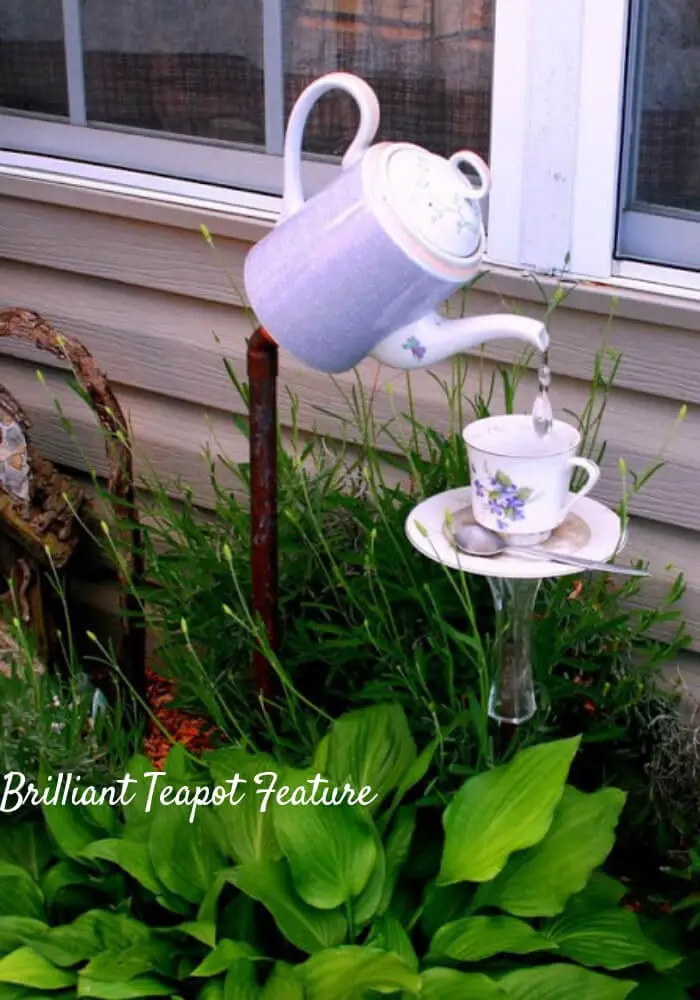
Recycled Tea Pot Fountain
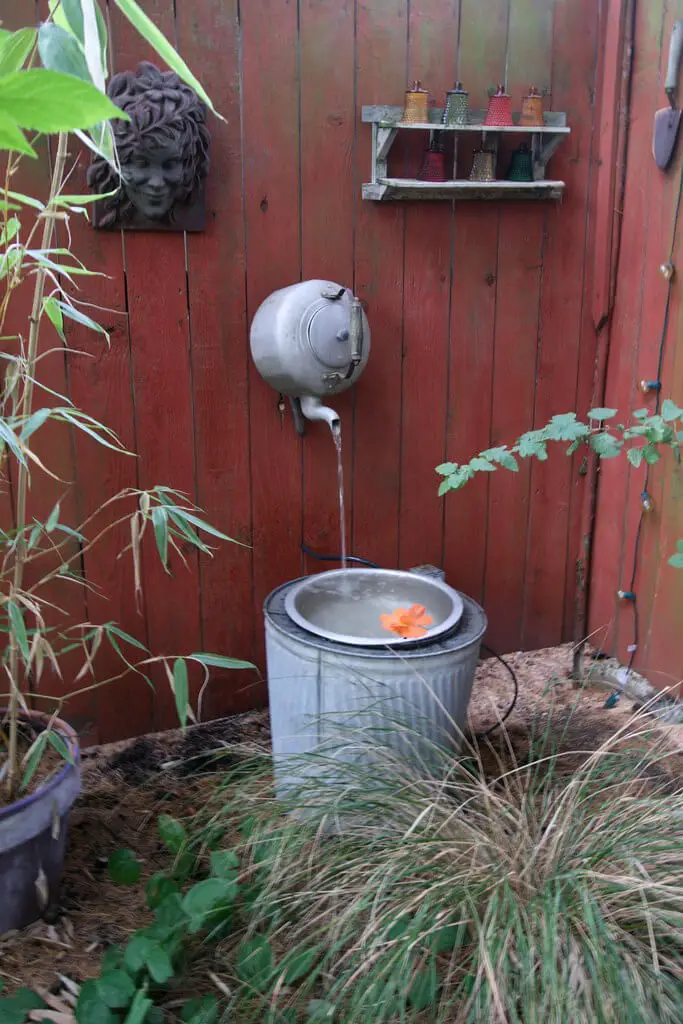
DIY Teapot garden
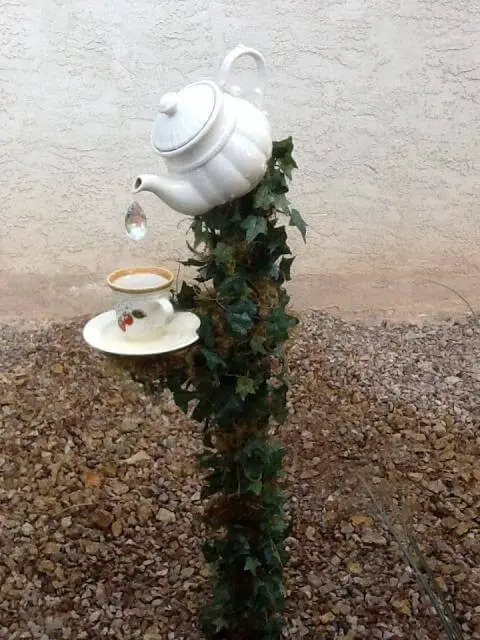
Garden Teapot Whimsies
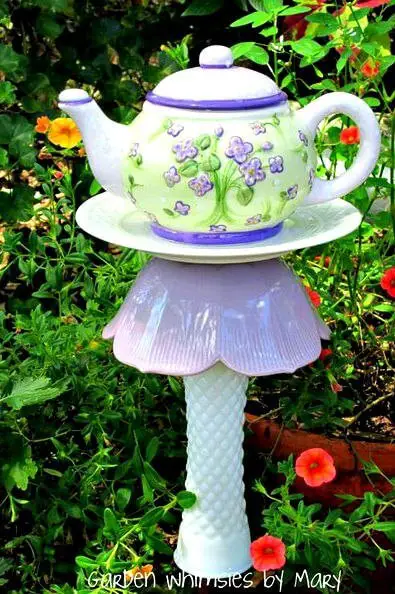
Recycled Tea Pot
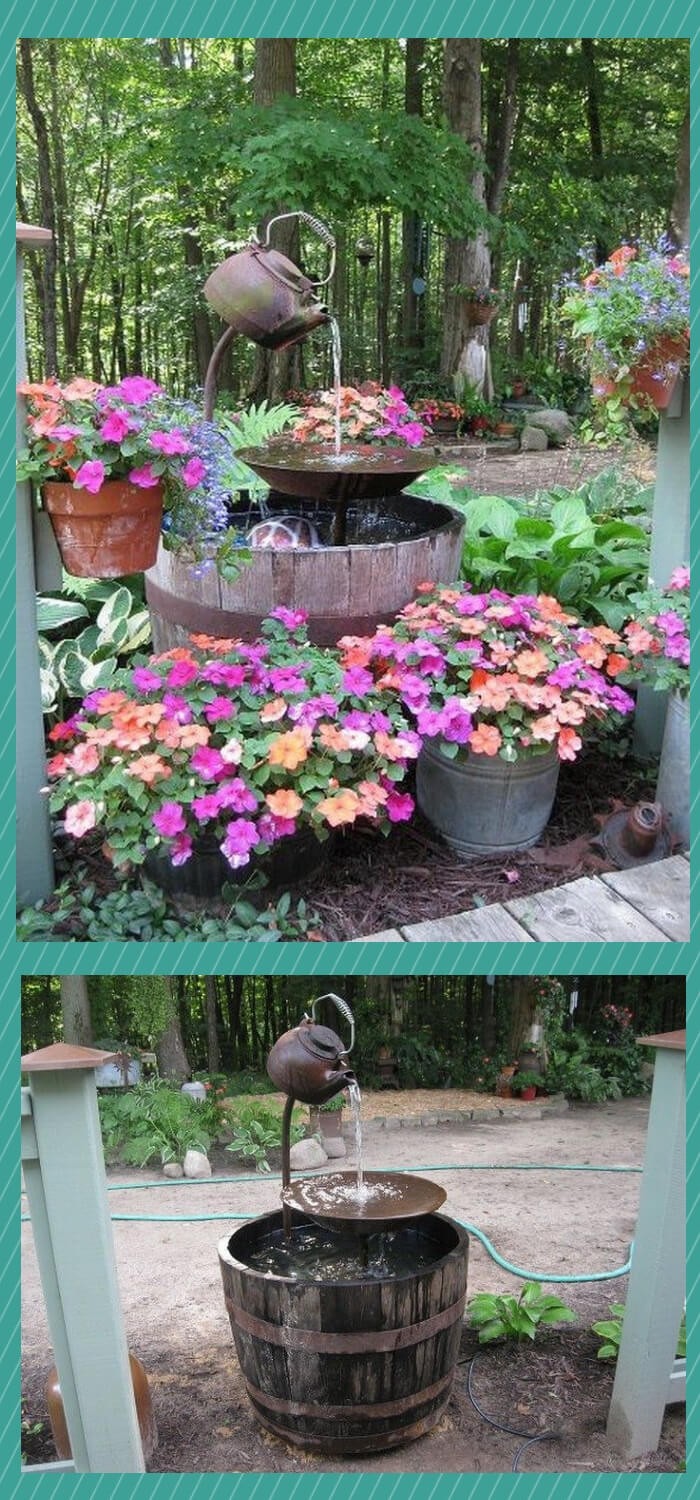
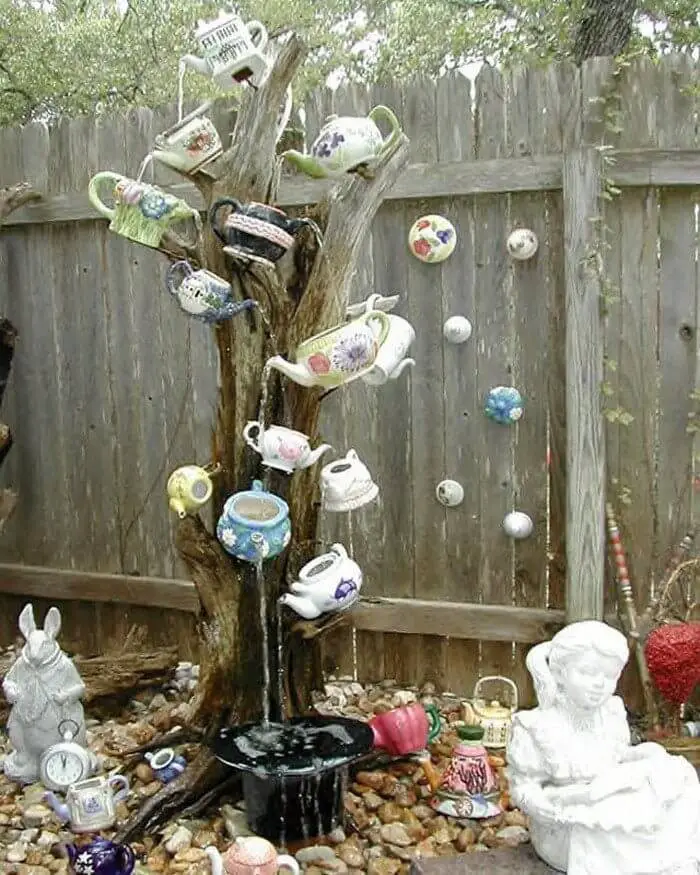
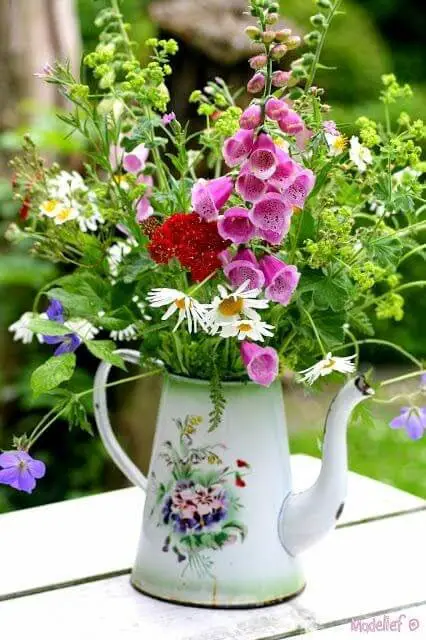
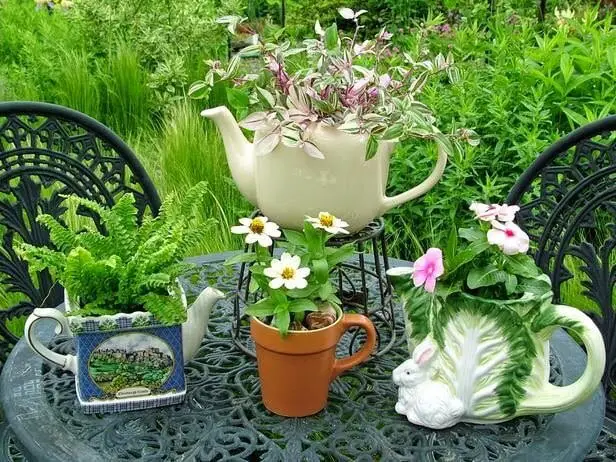
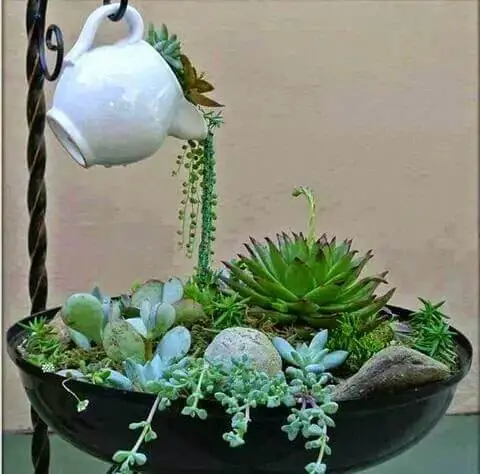
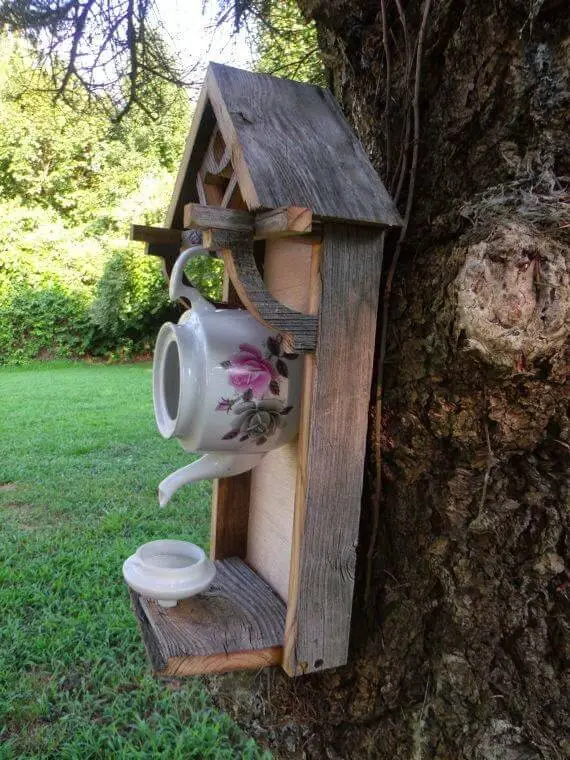
Maintenance and Care for Teapot Gardens
When cultivating a teapot garden, it’s crucial to consider the distinctive characteristics of these miniature planters. The compact size and curvaceous design of teapots can significantly influence how you water, feed, and care for them throughout the seasons. By understanding these nuances, you’ll be better equipped to provide the optimal conditions for your teapot garden to flourish.
Watering and Feeding
When cultivating plants in teapots or other confined spaces, it’s essential to strike the right balance between watering and feeding. To achieve optimal health for your plants, follow these guidelines:Watering Teapot Gardens: Since teapot gardens are small and prone to drying out quickly, regular monitoring is crucial. Check the soil moisture frequently and water as needed to prevent waterlogging, which can lead to root rot due to limited drainage.
However, don’t neglect the risk of underwatering – it’s a delicate balance. Fertilizing Tips: Small container plants require less fertilizer than their larger counterparts, but still need regular feeding to thrive. Use a diluted liquid fertilizer every 4-6 weeks during the growing season to provide essential nutrients without overwhelming your plants. This will help them grow strong and healthy in their compact environment.
To recap, follow these practices:* Watering: Check soil moisture regularly and water as needed.* Fertilizing: Use diluted liquid fertilizer every 4-6 weeks during the growing season.
Seasonal Care and Overwintering
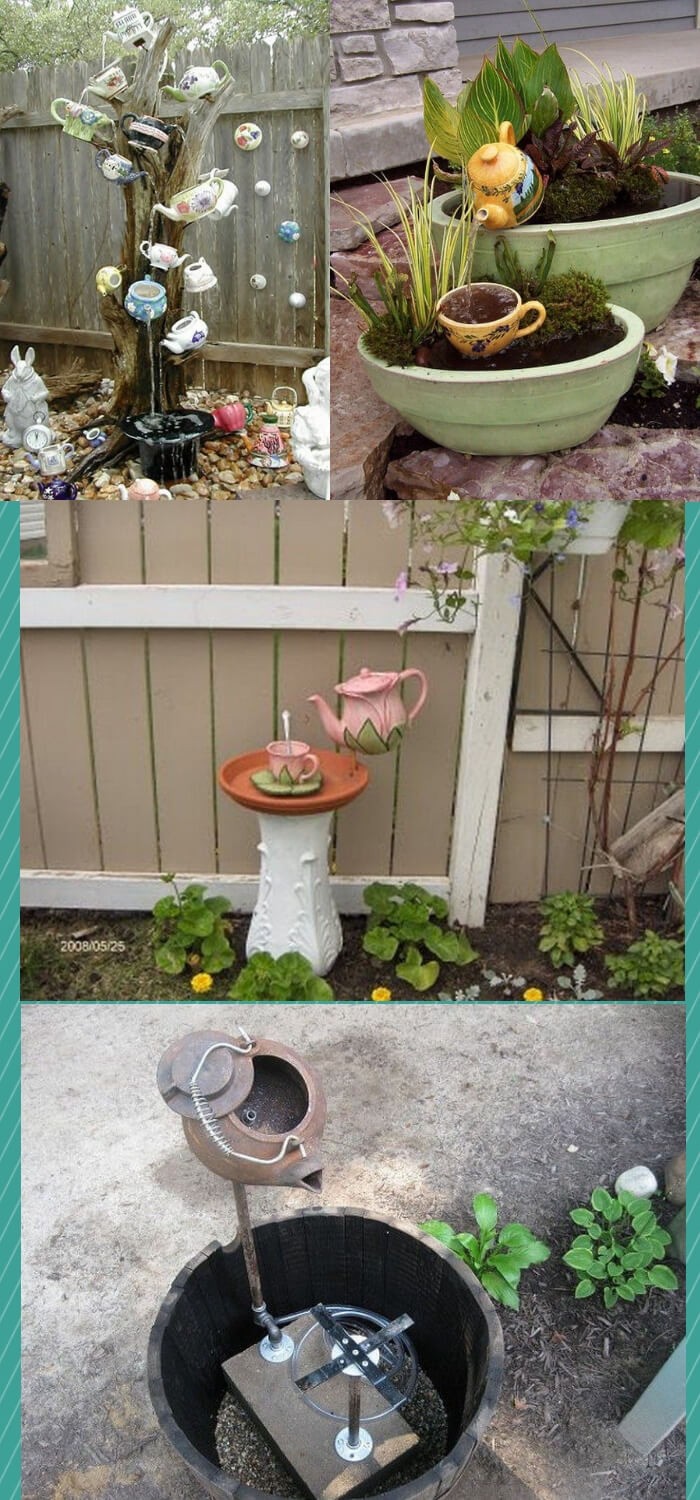
When it comes to teapot gardens, especially those placed outdoors, seasonal changes can significantly impact their care requirements. To ensure your teapot garden thrives all year round, consider these adjustments:For outdoor teapots in regions with cold winters, moving them indoors or placing them in a protected area can prevent freezing damage. Alternatively, wrapping them in burlap or placing them on the ground among mulch can offer some protection against frost.
Indoor teapot gardens also require seasonal adjustments. During winter, when indoor heating can dry out the air, your teapot garden may need more frequent watering to compensate for the drier conditions. However, as growth slows down, you’ll want to reduce feeding to once every 8-10 weeks. In contrast, during the warmer summer months, monitor your teapot garden for signs of overheating and drying.
Provide shade for your plants by placing them near a window or using a shade cloth, and increase watering frequency to ensure they receive adequate moisture. By understanding the unique needs of your plants within their teapot environment and adjusting care accordingly, you can enjoy a healthy and vibrant teapot garden all year round.
Conclusion
As you cultivate your passion for teapot gardening, you’ll discover a harmonious fusion of creative expression and environmental stewardship. This unique hobby not only breathes new life into vintage teapots but also infuses any space with a personal touch, whether indoors or outdoors. The compact size and adaptability of teapot gardens make them ideal for exploring various plant combinations and arrangements, even in limited spaces.
As you embark on this creative journey, remember the importance of selecting the right plants, experimenting with novel arrangements, and nurturing their health through proper care. Each teapot garden you craft is a testament to your imagination and connection to nature.
We invite you to immerse yourself in the world of teapot gardening with an open mind and enthusiastic spirit.
Experiment with diverse teapots and plants, play around with arrangements, and don’t be afraid to try out innovative ideas. Most importantly, share your teapot garden projects with others – whether through social media, gardening clubs, or with friends and family.
Let your teapot gardens become a source of joy, creativity, and lush greenery in your life. Happy gardening!
FAQs About Teapot Garden Ideas
Can any teapot be used for a garden?
When selecting a teapot for your garden, the possibilities are vast – almost any type will do. Yet, before making your final choice, consider two crucial factors: the material (such as ceramic, metal, or glass) and the presence of a drainage hole. If your chosen teapot lacks this feature, it’s essential to ensure proper water flow to prevent moisture buildup inside the container, which could ultimately harm your plants.
What plants work best in teapot gardens?
When designing a teapot garden, compact plants that thrive in limited spaces are ideal. Succulents, petite herbs, and diminutive flowers are perfect examples. When selecting plants for your teapot garden, consider the amount of light and water they require to ensure they’ll flourish in their designated spot.
How do I make a drainage hole in a teapot?
When tackling a teapot repair, it’s crucial to choose the appropriate drill bit for the material. If your teapot is made of ceramic or glass, a diamond-tipped bit is an excellent choice. To avoid damaging the teapot, proceed with caution and go slow. Additionally, always prioritize safety by wearing necessary gear such as gloves and glasses.
How often should I water my teapot garden?
When tending to your teapot garden, a key consideration is the specific plant types and their corresponding moisture needs. As a general rule of thumb, check the top soil for dryness before watering. However, due to the compact nature of teapot gardens, they may require more frequent watering – but be mindful not to overcompensate and end up with an underwatered environment.
Can teapot gardens stay outside all year?
When it comes to storing your teapot, the type of material it’s made of and the local weather conditions play a crucial role. In areas with freezing temperatures, ceramic or glass teapots are best kept indoors to prevent cracking. Metal teapots, on the other hand, can usually withstand cold weather but may still benefit from being covered or brought inside during extreme cold snaps to safeguard your plants and maintain their integrity.

